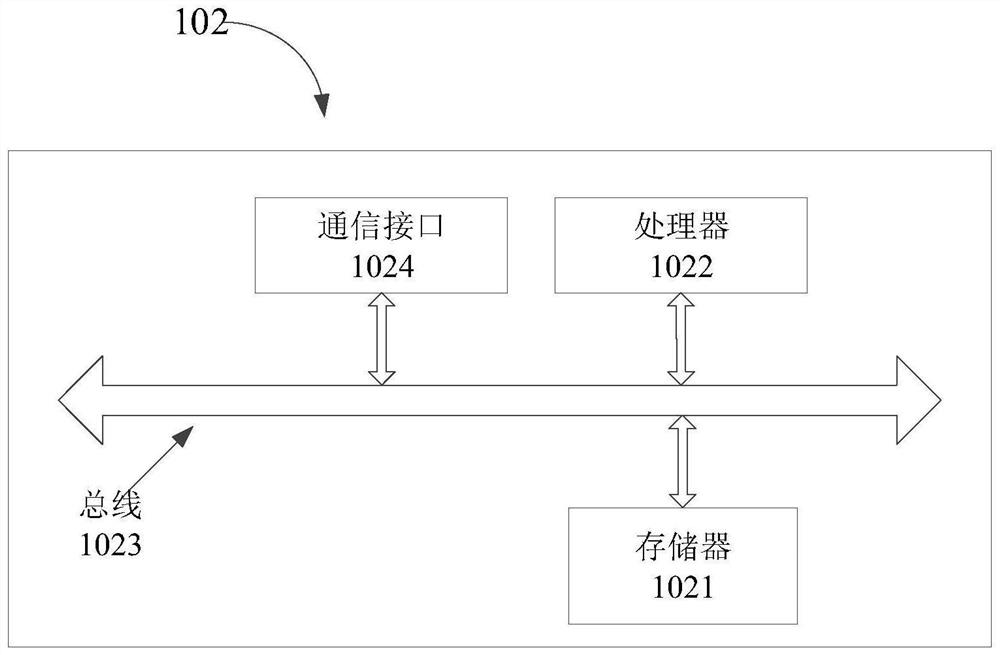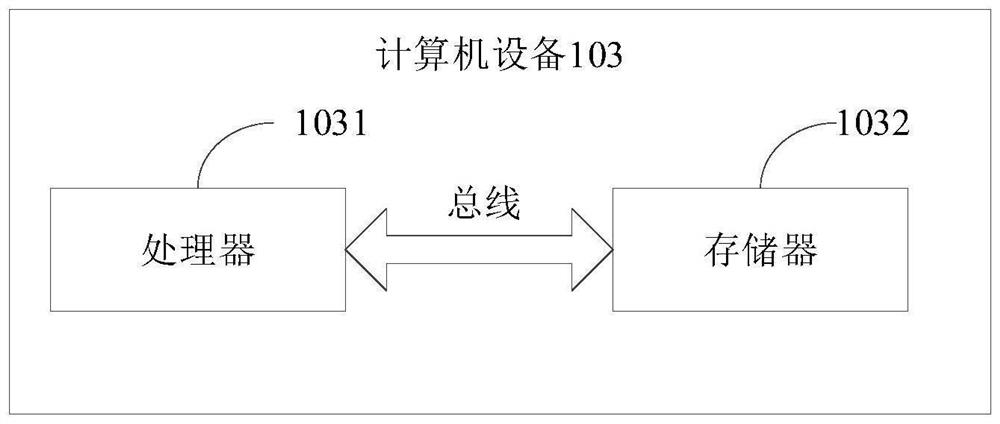Service architecture generation method and device and electronic equipment
A terminal device, preset action technology, applied in the creation/generation of source code, software engineering design, electrical digital data processing, etc., can solve the problem of low efficiency of service architecture development, achieve low development efficiency and shorten service development. cycle, the effect of improving development efficiency
- Summary
- Abstract
- Description
- Claims
- Application Information
AI Technical Summary
Problems solved by technology
Method used
Image
Examples
Embodiment Construction
[0048]In order to make the purposes, technical solutions and advantages of the embodiments of the present application more clear, the technical solutions of the present application will be described clearly and completely below with reference to the accompanying drawings. Obviously, the described embodiments are part of the embodiments of the present application, not all of them. example. Based on the embodiments in the present application, all other embodiments obtained by those of ordinary skill in the art without creative efforts shall fall within the protection scope of the present application.
[0049] The terms "comprising" and "having" mentioned in the embodiments of the present application and any modifications thereof are intended to cover non-exclusive inclusion. For example, a process, method, system, product or device comprising a series of steps or units is not limited to the listed steps or units, but optionally also includes other unlisted steps or units, or opt...
PUM
 Login to View More
Login to View More Abstract
Description
Claims
Application Information
 Login to View More
Login to View More - R&D
- Intellectual Property
- Life Sciences
- Materials
- Tech Scout
- Unparalleled Data Quality
- Higher Quality Content
- 60% Fewer Hallucinations
Browse by: Latest US Patents, China's latest patents, Technical Efficacy Thesaurus, Application Domain, Technology Topic, Popular Technical Reports.
© 2025 PatSnap. All rights reserved.Legal|Privacy policy|Modern Slavery Act Transparency Statement|Sitemap|About US| Contact US: help@patsnap.com



